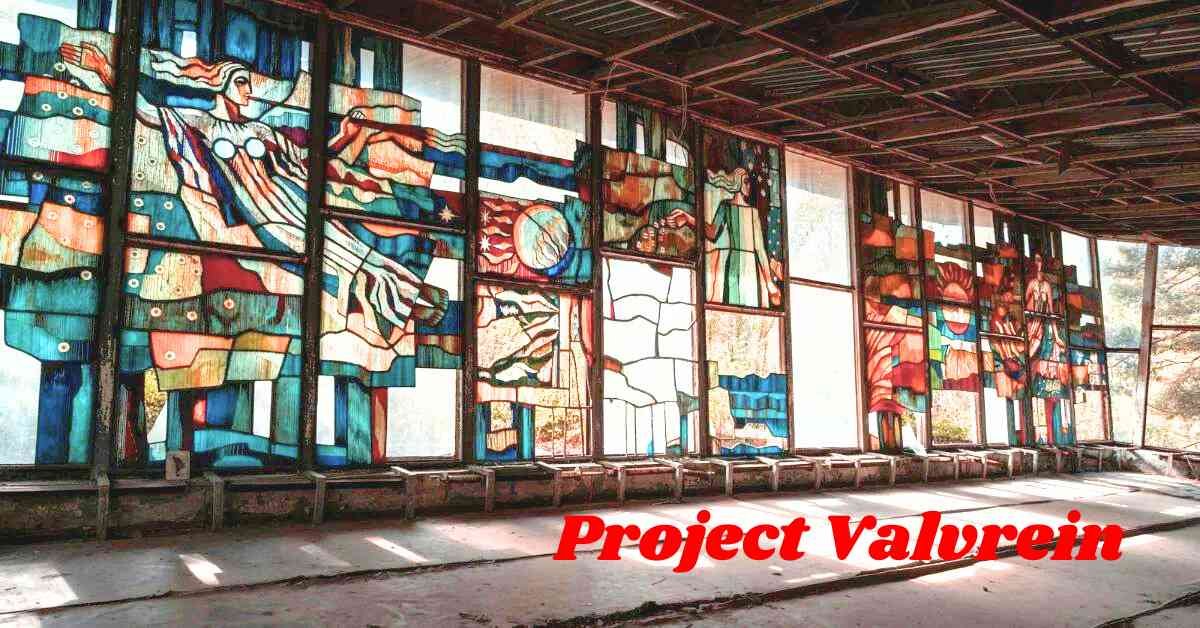Introduction
In the midst of global challenges ranging from climate change to resource depletion, the urgency for sustainable solutions has never been greater. Amid this backdrop, Project Valvrein emerges as a beacon of innovation, offering a transformative vision for infrastructure development. With its holistic approach and cutting-edge technologies, Project Valvrein aims to revolutionize the way we conceive, design, and implement infrastructure projects, fostering resilience, efficiency, and sustainability for generations to come.
Origins and Objectives
Conceived as a response to the pressing need for sustainable infrastructure, Project Valvrein represents a collaborative endeavor between leading experts in engineering, architecture, environmental science, and urban planning. Its primary objective is to develop and demonstrate a model for infrastructure development that integrates ecological principles, renewable energy sources, and advanced materials, while simultaneously addressing societal needs and aspirations.
Key Components and Innovations
At the heart of Project Valvrein lies a series of key components and innovations designed to redefine traditional approaches to infrastructure development:
Integrated Design Framework: Central to Project Valvrein is an integrated design framework that emphasizes synergy between various infrastructure elements, such as transportation networks, water management systems, and energy grids. By adopting a holistic approach, the project aims to maximize efficiency, minimize environmental impact, and enhance overall resilience.
Sustainable Materials and Construction Techniques: Project Valvrein prioritizes the use of sustainable materials and construction techniques, ranging from recycled aggregates and low-carbon concrete to prefabricated modular structures. These innovations not only reduce the carbon footprint of infrastructure projects but also enhance durability and longevity, thus promoting resource efficiency and cost-effectiveness.
Smart Infrastructure Technologies: Leveraging the power of digitalization and the Internet of Things (IoT), Project Valvrein incorporates smart infrastructure technologies to optimize performance, monitor real-time data, and facilitate predictive maintenance. From sensor-equipped bridges to energy-efficient street lighting, these innovations enhance safety, reliability, and operational efficiency while minimizing energy consumption and emissions.
Nature-Based Solutions: Recognizing the invaluable services provided by natural ecosystems, Project Valvrein integrates nature-based solutions into its design and planning processes. These include green roofs, permeable pavements, and urban wetlands, which not only enhance biodiversity and ecosystem services but also mitigate the impacts of climate change, such as urban heat islands and stormwater runoff.
Renewable Energy Integration: A cornerstone of Project Valvrein is the seamless integration of renewable energy sources, such as solar, wind, and hydropower, into the fabric of infrastructure systems. Through innovative technologies, such as solar panels embedded in roads and wind turbines integrated into bridge structures, the project aims to generate clean, sustainable energy while reducing dependence on fossil fuels and mitigating greenhouse gas emissions.
Case Studies and Demonstrations
To showcase the feasibility and efficacy of its approach, Project Valvrein has initiated several pilot projects and demonstrations across diverse geographical contexts. From sustainable urban redevelopment initiatives to rural electrification schemes, these case studies serve as living laboratories, providing valuable insights and lessons learned for future replication and scaling.
Challenges and Opportunities
Despite its tremendous potential, Project Valvrein faces a myriad of challenges, ranging from regulatory barriers and financing constraints to technological limitations and socio-political complexities. However, these challenges also present opportunities for innovation, collaboration, and co-creation, as stakeholders from government, academia, industry, and civil society come together to overcome shared obstacles and advance the frontiers of sustainable infrastructure.
Future Directions and Implications
As Project Valvrein continues to evolve and expand, its impact extends far beyond individual projects or initiatives. By catalyzing a paradigm shift in infrastructure development, the project paves the way for a more sustainable, resilient, and equitable future, where human societies coexist in harmony with the natural world. Moreover, its success serves as a testament to the power of collective action and visionary leadership in addressing the defining challenges of our time.
Conclusion
Project Valvrein stands as a testament to human ingenuity, innovation, and determination in the face of global challenges. With its bold vision, interdisciplinary approach, and transformative potential, the project offers a glimpse into a future where infrastructure not only serves our needs but also nurtures the health of the planet and enriches the lives of generations to come. As we embark on this journey towards sustainability, let us draw inspiration from Project Valvrein and forge ahead with courage, conviction, and collective action.





+ There are no comments
Add yours